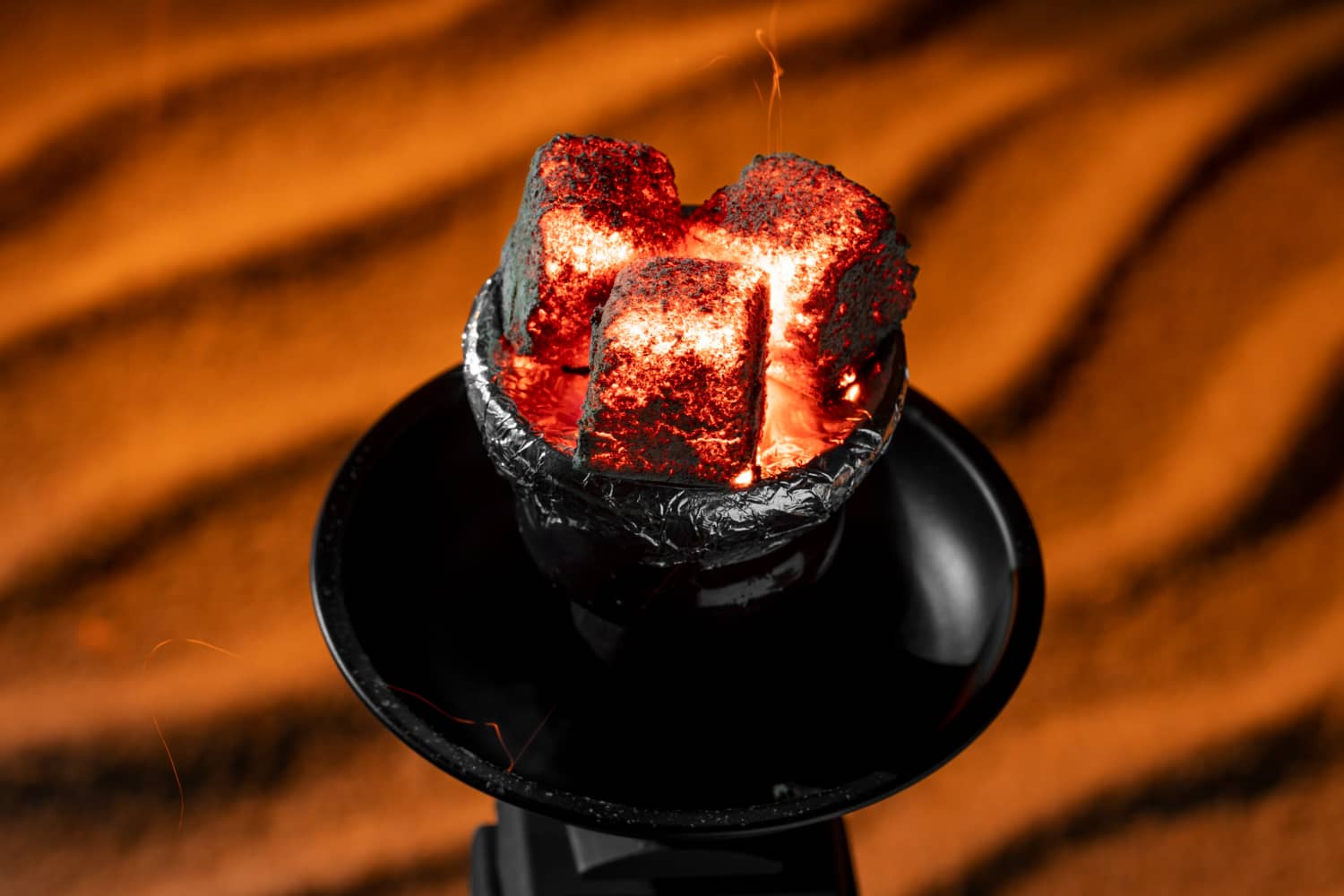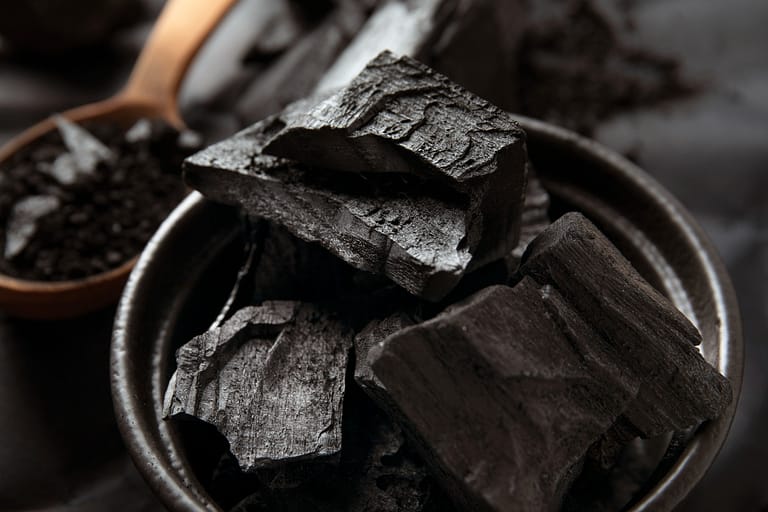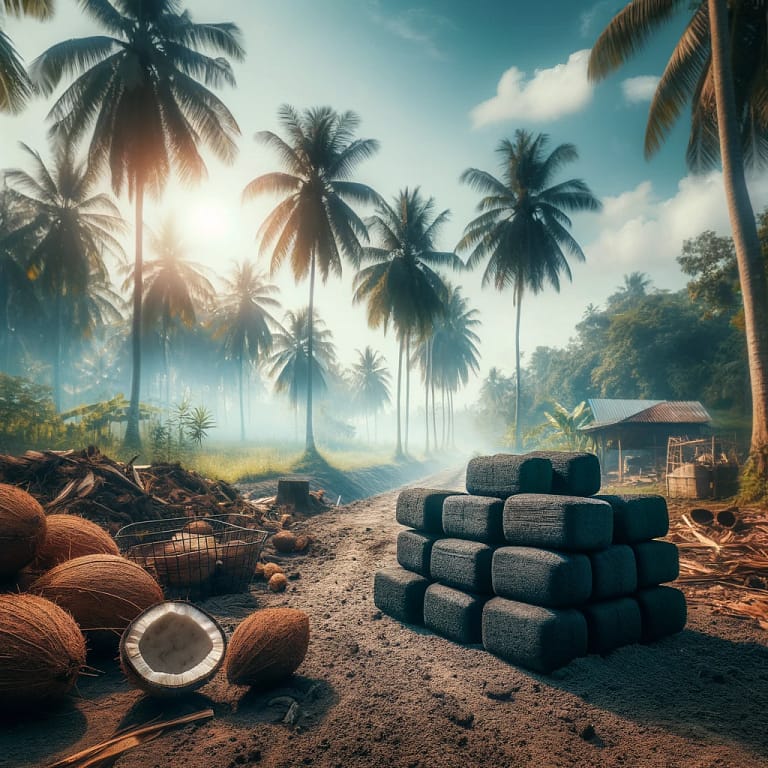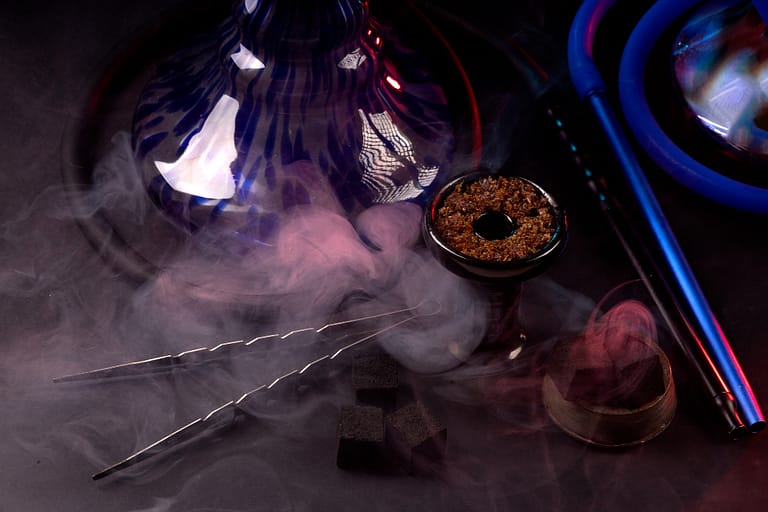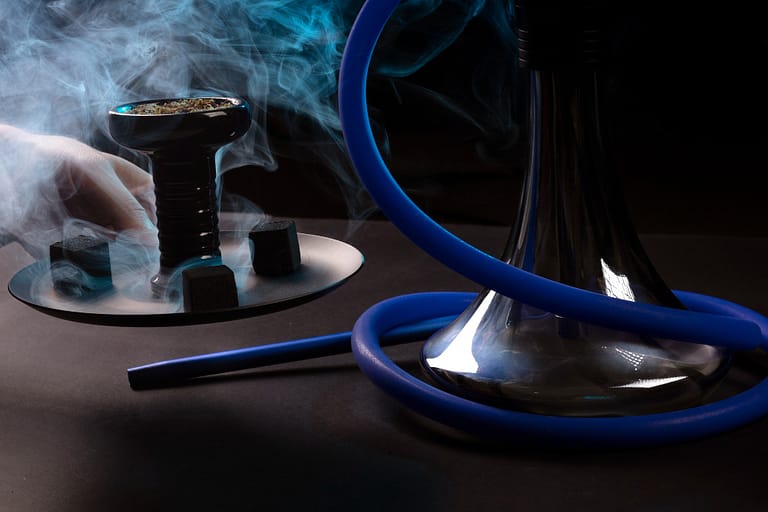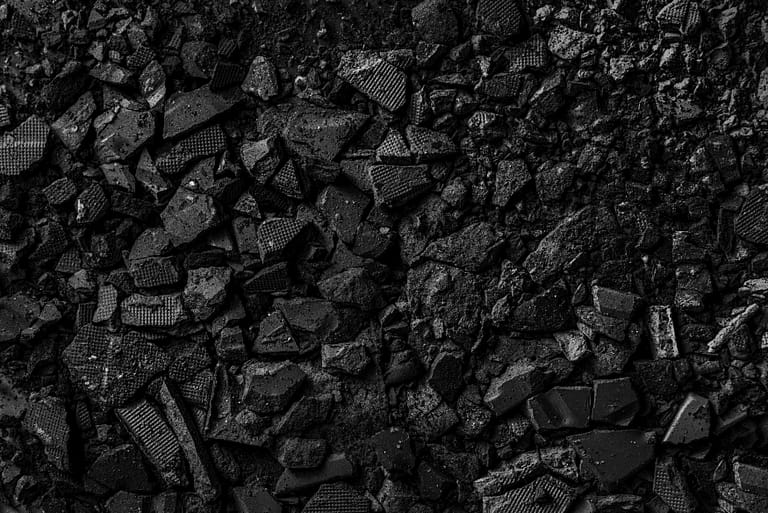What is Shisha Charcoal? A Comprehensive Guide to the Fuel Behind the Flavor
Table of Contents
ToggleIntroduction
When it comes to enjoying a satisfying shisha experience, many factors come into play — the quality of the tobacco, the craftsmanship of the hookah, and not to be overlooked, the type of charcoal used. Shisha charcoal is an often-underestimated component that can make or break your hookah session. In this comprehensive guide, we will delve into what shisha charcoal is, the types available, how it impacts your smoking experience, and much more.
[lwptoc]
History of Shisha Charcoal
The history of shisha charcoal is intertwined with the history of shisha smoking itself, which dates back hundreds of years. Originating from the Middle East, the use of charcoal in shisha smoking is deeply embedded in the practice, providing us with insight into its cultural significance. Over the years, as hookah smoking spread to different parts of the world, so did the evolution of shisha charcoal. What started as basic embers from wood or coal has now evolved into specialized forms of charcoal designed to enhance the shisha smoking experience.
What is Shisha Charcoal?
Shisha charcoal, sometimes referred to as hookah coal, is the fuel source used to heat the tobacco in a hookah pipe. Unlike the traditional charcoal often used for grilling, shisha charcoal is designed to be odorless and tasteless, thereby not interfering with the flavor of the shisha tobacco. It is the heat source that catalyzes the vaporization of the flavored tobacco or “Maassel,” creating the smoke that is subsequently inhaled through the hookah.
Characteristics of Quality Shisha Charcoal
Odorless and Tasteless: High-quality shisha charcoal should be free from any scents or flavors that can affect the overall experience of shisha smoking.
Long-lasting Heat: Quality charcoal should be able to maintain consistent heat for an extended period, usually ranging from 30 to 60 minutes, without requiring frequent replacement.
Low Ash Production: Minimal ash production is another hallmark of good charcoal. Excessive ash can be cumbersome to manage and can affect heat control during your smoking session.
Easy to Ignite: The best shisha charcoal should ignite relatively quickly, usually within a minute or so, and should not require the use of chemicals or specialized equipment.
Types of Shisha Charcoal
Different types of shisha charcoal offer unique advantages and disadvantages. Understanding these can help you make an informed choice that best suits your preferences.
Quick-Lighting Charcoal: Convenient for beginners or those without a specialized lighting setup. However, they often contain chemicals that can subtly influence the flavor of the tobacco.
Coconut Shell Charcoal: Made from compressed coconut shells, this eco-friendly option offers a clean and consistent heat source. Coconut shell charcoal is the go-to for many experienced shisha smokers.
Bamboo Charcoal: Crafted from carbonized bamboo, this type of charcoal is natural and adds no extra flavors but tends to have a shorter lifespan than coconut shell charcoal.
Lemonwood Charcoal: Popular in some Middle Eastern traditions, this charcoal adds a unique citrusy aroma to the shisha experience, enhancing the flavor profile.
Natural Wood Charcoal: Made from various types of wood like olive and orange, this traditional form is still widely used in the Middle East. It’s considered to offer a pure form of heat but may be harder to source in Western countries.
Self-Igniting Tablets: These are often the least preferred due to the chemicals used for self-ignition, which can negatively impact the flavor of the shisha.
Making Shisha Charcoal at Home
Creating your shisha charcoal can be a rewarding yet challenging endeavor. It usually involves carbonizing your choice of organic material, like coconut shells or wood, followed by compressing them into briquettes. Safety is crucial during this process, as you’re dealing with flammable materials. Adequate ventilation is essential, and the use of safety gear like gloves and masks is highly advised.
How Shisha Charcoal Affects Flavor and Smoke
The type of charcoal used can significantly impact the flavor of the shisha and the thickness of the smoke. Chemical-laden quick-lighting charcoals often infuse the smoke with an undesirable aftertaste. In contrast, coconut shells or natural wood charcoals are likely to produce cleaner, more flavorful smoke. The heat consistency can also vary, affecting how well the flavors in the tobacco are expressed.
The Science Behind Shisha Charcoal
Shisha charcoal serves as a catalyst, providing the heat required to vaporize the glycerin in the flavored tobacco, releasing the flavors and nicotine. The coal’s ability to maintain steady heat affects the vaporization process, impacting the overall quality of the smoke.
Safety Precautions
When handling shisha charcoal, always use tongs to prevent burns. Make sure you’re smoking in a well-ventilated area to avoid the build-up of carbon monoxide. Store charcoal in a dry, cool place and keep it away from flammable objects.
Conclusion
Shisha charcoal is more than just a heat source; it’s an essential element that defines your hookah experience. The type you choose can either elevate or diminish the flavors of your chosen shisha tobacco. With options ranging from quick-lighting to eco-friendly coconut shell charcoal, you can tailor your shisha session to match your preferences. Understanding the intricacies of shisha charcoal ensures not only a satisfying experience but also a safer one.

